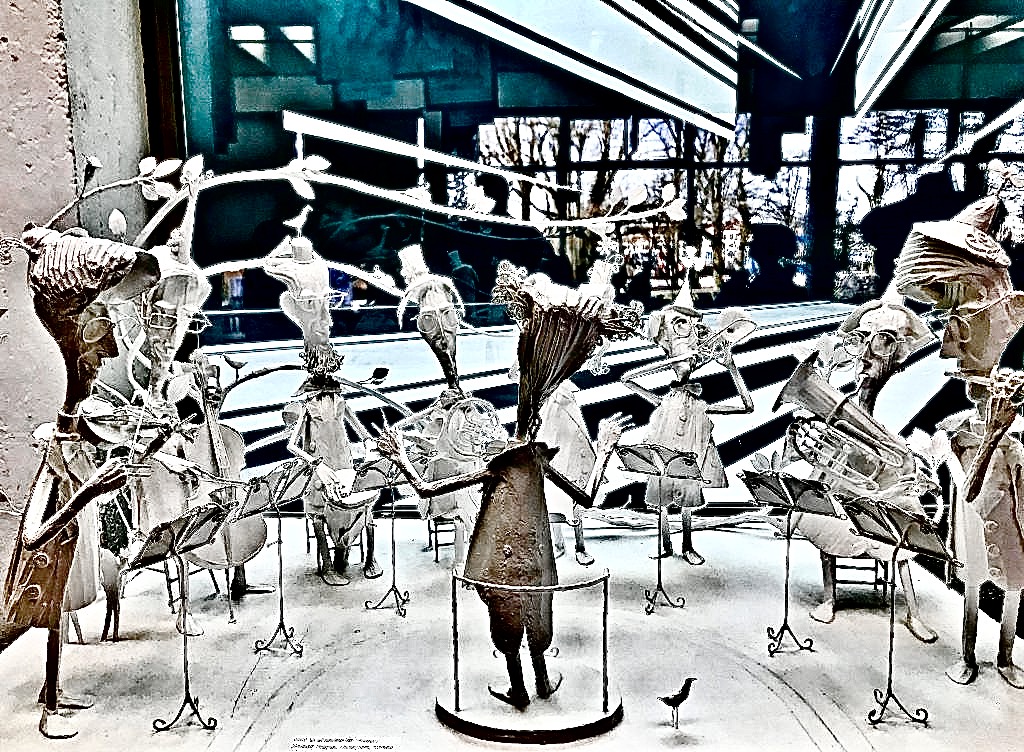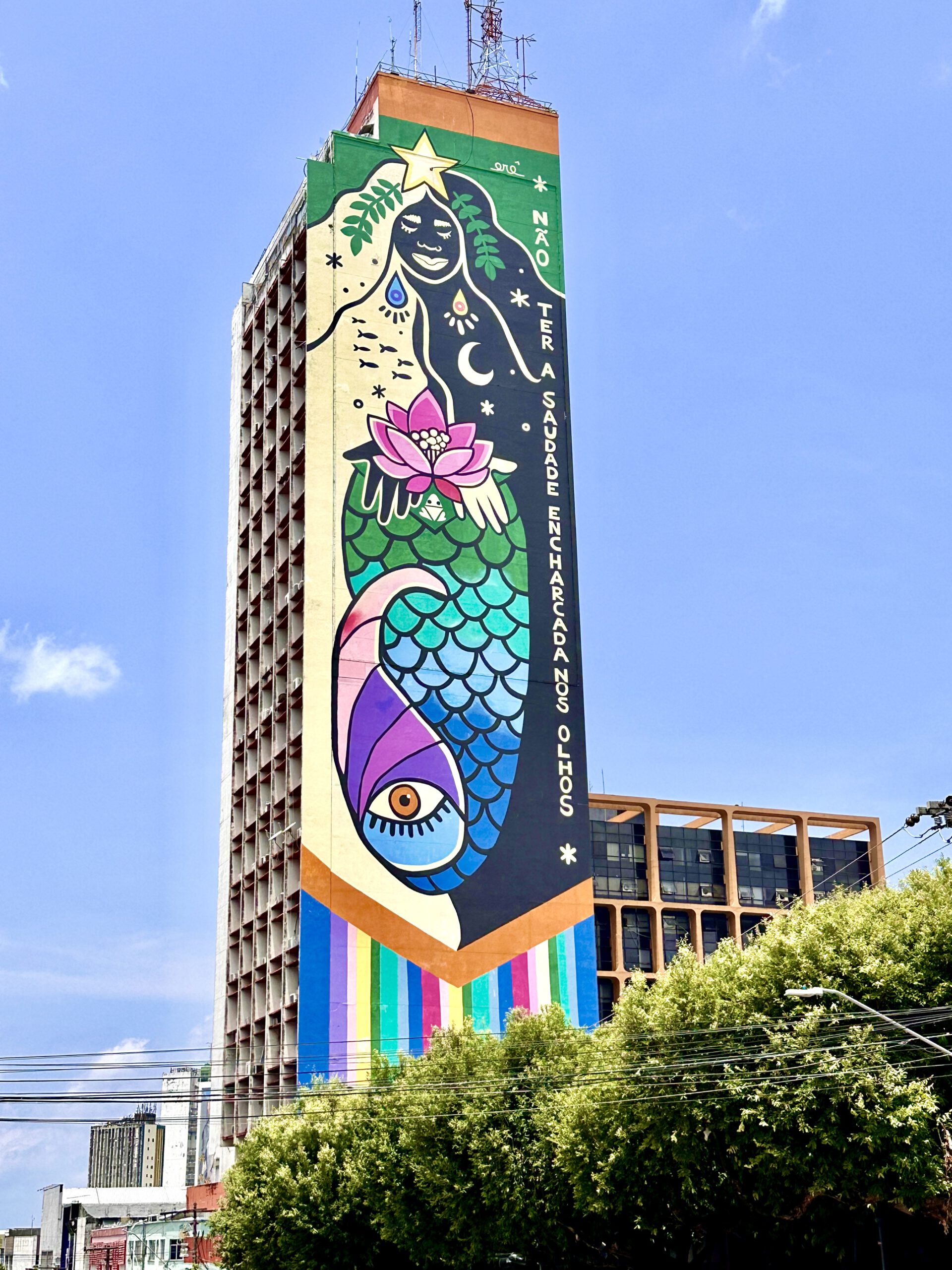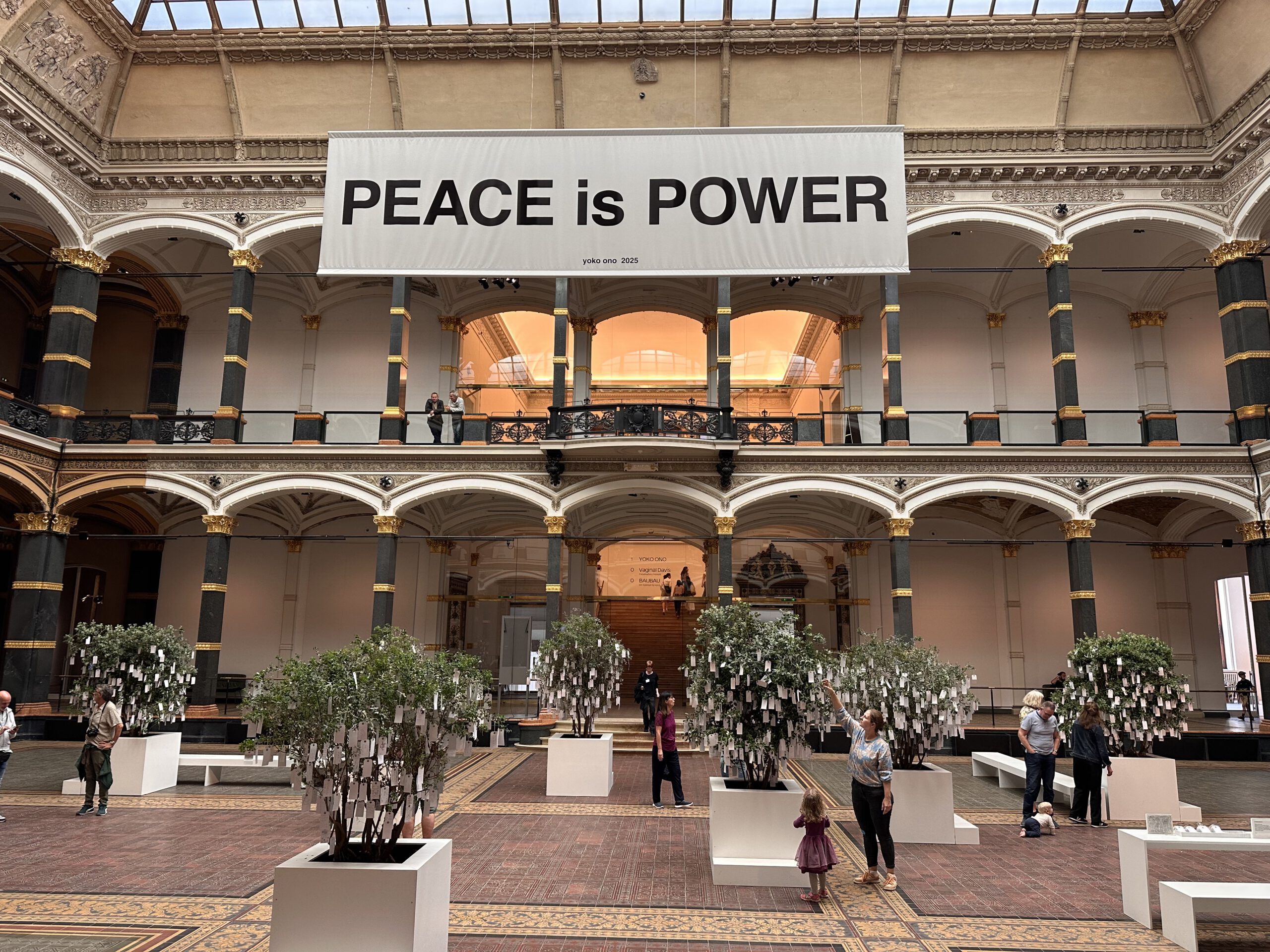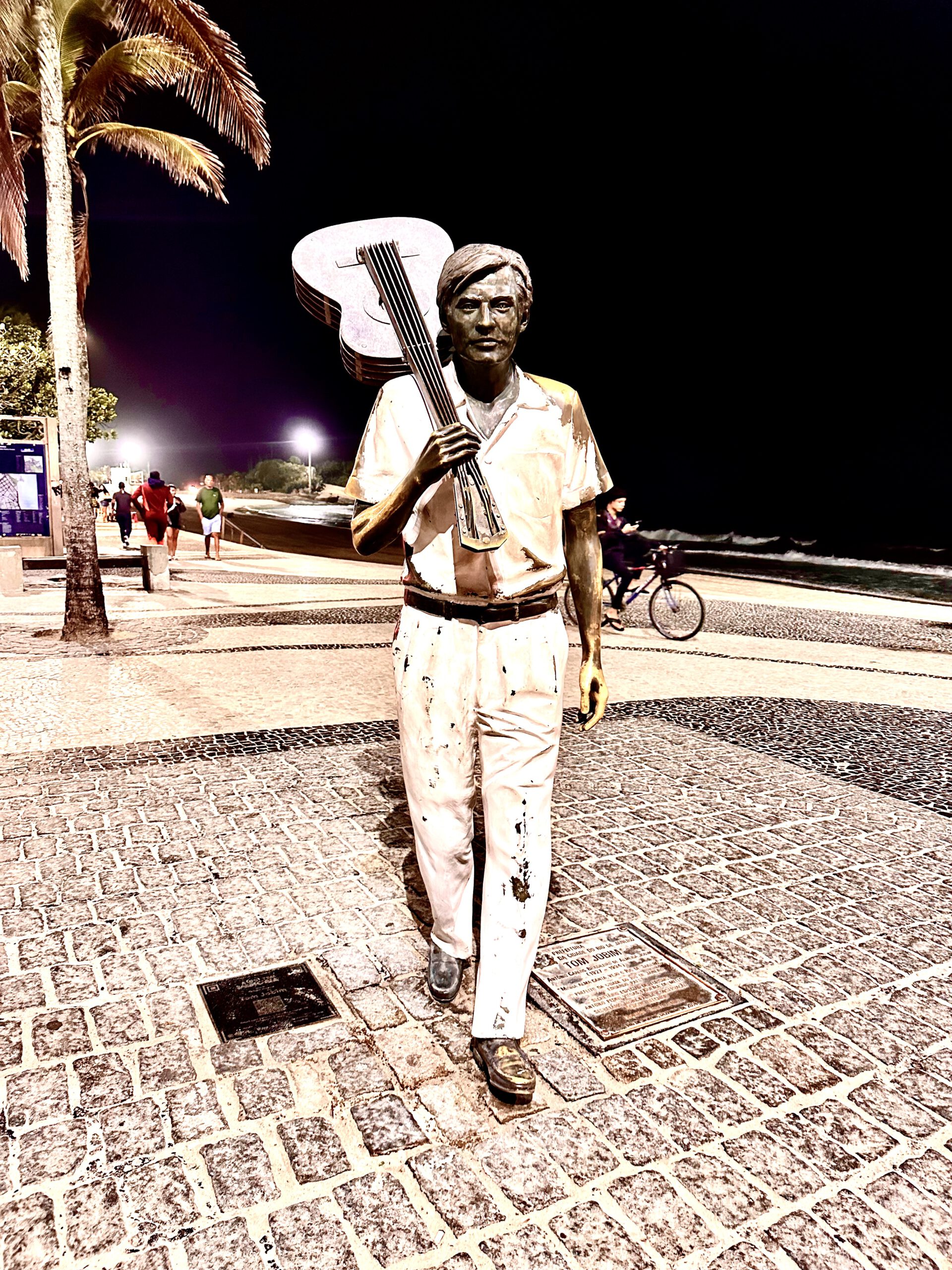Saphenion®: Internationale Leitlinien Besenreisertherapie
Saphenion® – Internationale Leitlinien Besenreisertherapie: Im Rahmen unserer wissenschaftlichen Aktivität für das Venensymposium St.Petersburg haben wir vom “ The National College of Plebology“ die aktuellen Leitlinien zur Therapie von Besenreiser – und Netzkrampfadern zugesandt bekommen. Wir möchten unseren Patienten ein paar aus unserer Sicht wichtige Empfehlungen aus diesen Leitlinien vorstellen: Die aktuellen klinischen Richtlinien unserer russischen Kollegen beschreiben die Behandlung von C1 – Krampfadern (Besenreiser, Netzvenen) an verschiedener Körperteilen. Dazu gehören die bekannten Beinvenen, Bauchdeckenvenen, Gesichtsvenen, Armvenen, und Decollete-Venen. Das Dokument wurde de novo geschrieben und hat weltweit bisher keine Analoga.
Saphenion® – International guidelines for spider vein therapy: As part of our scientific activities for the St. Petersburg Vein Symposium, we received the current guidelines for the treatment of spider veins and reticular varicose veins from the “The National College of Plebology”. We would like to present our patients with a few recommendations from these guidelines that we believe are important: The current clinical guidelines from our Russian colleagues describe the treatment of C1 varicose veins (spider veins, reticular veins) on various parts of the body. These include the well-known leg veins, abdominal wall veins, facial veins, arm veins and decollete veins. The document was written de novo and has no analogs worldwide.





